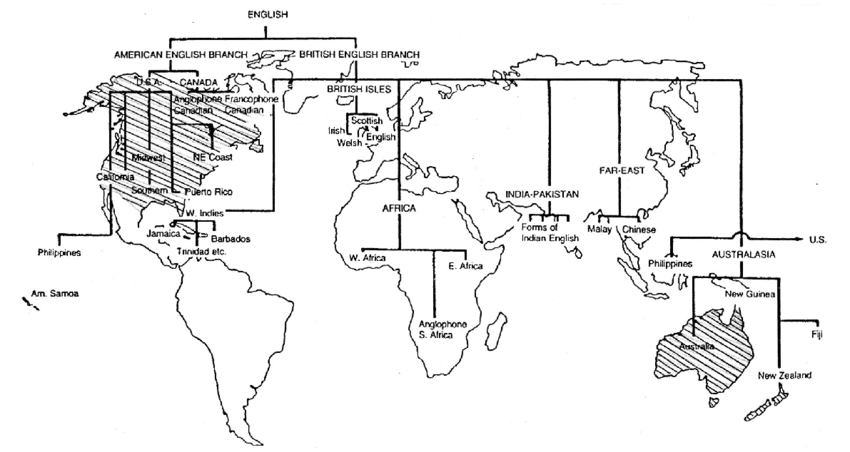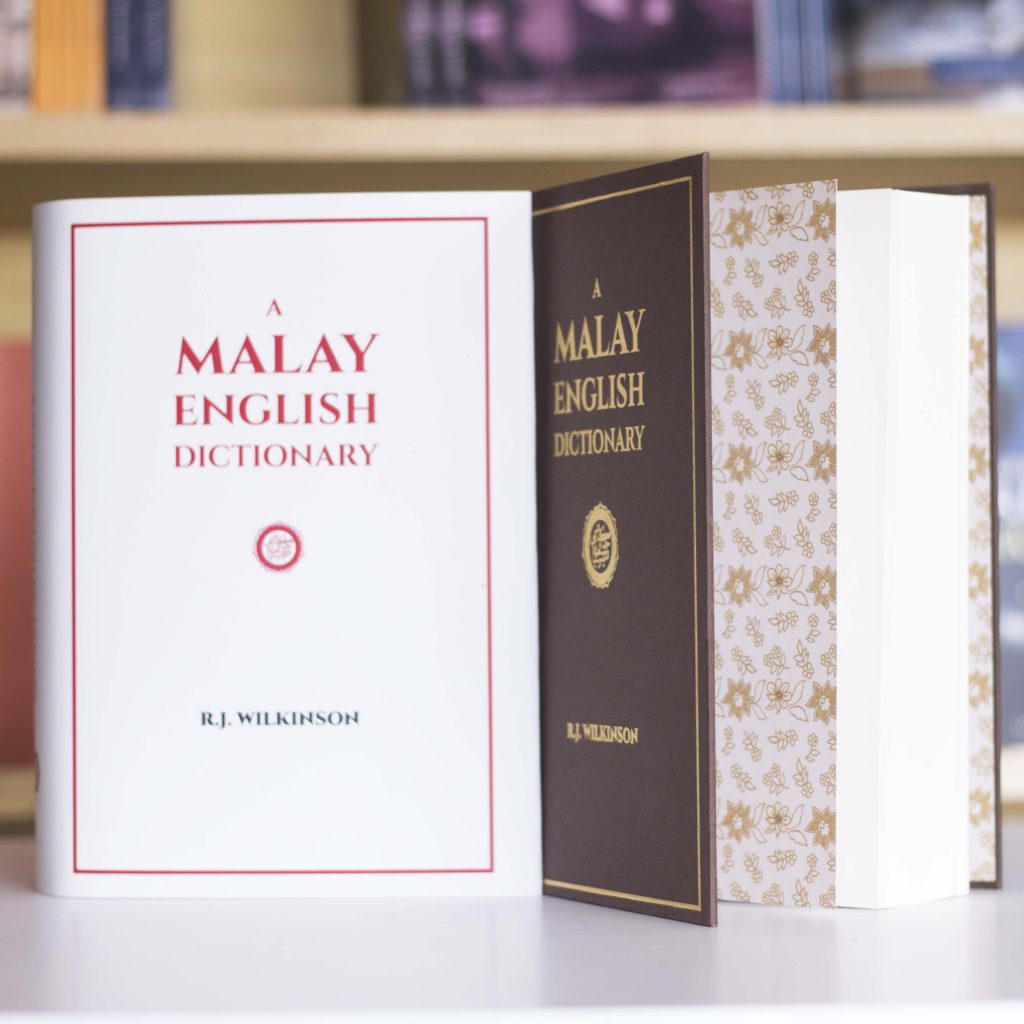Book Review: Communicating with Asia: The Future of English as a Global Language [Part 2]
On the other hand, the Japanese have often known to make little contribution to discussions in international settings such as in diplomatic meetings or academic conferences. Thus, Hino (2016) in this chapter helps readers to understand the sociolinguistics nature of the agony experienced by the Japanese trying to express themselves in English for international communication. As a country in the Expanding Circle, English used to be perceived as a tool for absorbing advanced Western technologies and was taught solely for passive acquisition of knowledge. Japan, per contra, has resisted to fully embrace English largely due to its counter productive attitude of ‘native speakerism’. It is a belief that native speakers are the sole legitimate source of language that is still persistent in the country (Houghton and Rivers, 2013). Over and above, the Japanese have found it imperative to express themselves to the outer world in English in various domains including the economy, politics, technology and academic studies, hence, English is being taught only for communicative purposes.

Taking a broad functional approach, the second part of Communicating with Asia restricts the discussion to a deeper analysis of the occasional competition between other major languages in Asia. The authors of this chapter give a view on how Hindi, Malay, Russian, and Chinese have established themselves in their own home territories, inhibiting opportunity for English to make its presence felt. Nonetheless, closer reasonings reveal that English plays a significant neutralizing role and is often the beneficiary. This somehow creates tension between Russian and the Turkic languages of the former Soviet republics such as Kazakhstan, Kyrgyzstan, Turkmenistan, and Uzbekistan. Such tension also occurs between Putonghua and Cantonese in Hong Kong. With increasingly assertive ownership, English should now be recognized as an Asian language and appropriate adjustments should be made to enhance the comprehensibility of interaction between a group of native and non-native speakers.
Although, on average, the position of Russian has been impaired in the post-Soviet republics, the situation with other minority languages is even more aggravating. Inter-ethnic clashes and the policy towards establishing the dominance of the titular nation decline the minority language role in the region and have led to the decrement of language speakers. English, as the medium of intercultural communication and a gateway to prestigious careers started to expand at the expense of Russian which then allows the continuity of language contact. Nowadays, social disproportion between English and Russian becomes glaring, with English required more by the elites; a well-to-do group of people who are able to send off their children to study abroad whilst Russian is much more demanded by the lower class who is looking for better paid jobs in Russia.

To best characterize the multifaceted dimensions of multilingual communication in a multilingual society with staggering linguistic diversity, Bhatia and Ritchie (2016:161) contends that multilingualism in India is shaped primarily by natural forces of networking and communication such as the media, literature and trade rather than being the result of externally imposed models based on government planning. Interestingly, India does not have a national language, however, Hindi and English made communication possible throughout the country and are recognized as the official languages. On a side note, the evolution of Putonghua as the national common language of China took a whole century to complete. Throughout, Shui-Duen (2016) explains that the relationship between this national common language and other Chinese dialects has been a controversial topic attracting endless debate even in contemporary China and Hong Kong. As the situation changes, China now has much more contact with the outside world, therefore, there are urgent needs for the civilians to master other foreign languages. This is not only for personal benefits, but also to build up the soft power of the nation. Besides, the chapter also outlines the major immediate difference between the two varieties, resulted from the colonial split. This occurrence is evident from the new vocabulary in Malaysia that is tended to be borrowed from English whereas in the region that would become Indonesia tended to assimilate from Dutch. Nevertheless, Malay essentially remains mutually intelligible to the speakers of its different varieties in the region.

Among other matters in the book, part three deals with intercultural competence that is needed not only imply awareness but also to understand cultural differences. It is argued that traditional descriptivist approaches in sociolinguistics insufficiently be able to capture cultural dimensions. In this case, Hong Kong English is used as an attempt to show how the newly emerging paradigms of Cognitive Sociolinguistics and Cultural Linguistics can contribute to a more comprehensive linguistic description. The final chapter of this book is branched into three parts; The first part stresses the hermeneutic nature of intercultural communication in English. The second part demonstrates the cultural patterns expressed in Hong Kong English, specifically on the conceptualizations pertaining to GHOSTS and its related concepts. Then, the third part introduces a concrete lexicographic application of the insights discussed in the preceding parts as realized in the dictionary of Hong Kong English.
To conclude, ‘Communicating with Asia’ is a dense but rewarding read in providing an excellent detailed account of how postcolonial states and certain monolingual countries have used English as a modernising force and an engager between nations to communicate with each other. It illustrates how local varieties have flourished even when its users code switch incorrect localised features. It also acknowledges other major languages in the region that indirectly keep English in check, thus underlining how language choice is often based on power rather than practicality. Nevertheless, personally, I noticed that the book does not mention the less developed countries in the Indochina region, therefore, some analysis on their language policies and practices would have given a more complete picture of whether English benefits all countries in the same way or the other way around. Indeed, the book understands that the number and proliferation of Asian Englishes suggest that awareness of these would be helpful in enhancing communication. Lastly, this book should be accessible to pretty much anyone, which I warmly recommend as a second language pedagogy for students, teachers and researchers who intend to keep abreast with developments in the field of Linguistics.
- Tags: admin, book, book review, linguistics
Admin
Want to Make a New Submission?
Submit your creative work with us to get more recognition and be a part of our growing community.
Click Here
The Wordspaces Poetry Writing Competition
We recommend all entrants read the rules carefully








